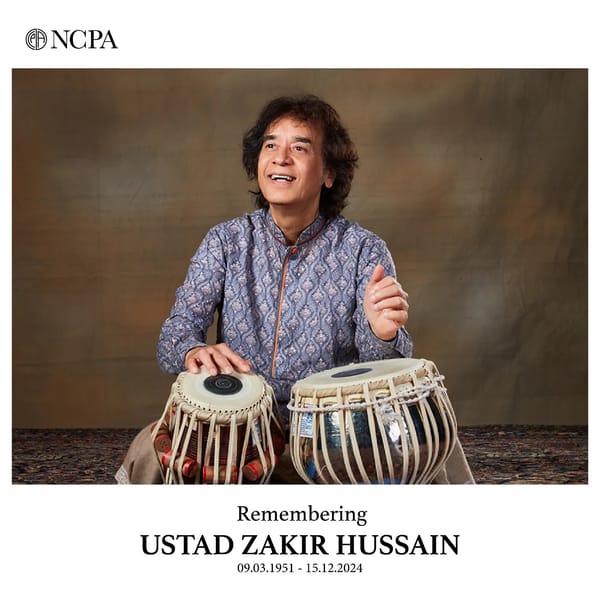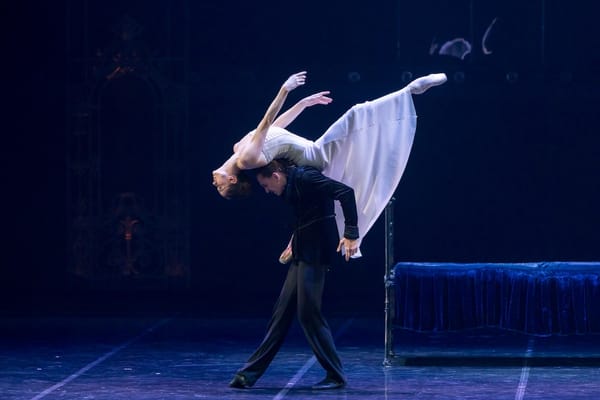The Top 10 Jazz Albums That Shaped History
From Miles Davis’s Kind of Blue to John Coltrane’s A Love Supreme, these ten transformative jazz albums redefined music, blending innovation, emotion, and cultural impact to shape the genre and inspire generations of listeners.

Jazz, a genre born in the heart of America, has transcended its origins to become a global cultural phenomenon. Its influence has permeated genres from classical to hip-hop, and its greatest albums continue to captivate listeners, inspire musicians, and shape the trajectory of music history. While countless jazz albums have left their mark, some records stand out as transformative, not only for their artistic merit but for their cultural and historical significance. Below, we explore ten timeless jazz albums that have shaped history, each an essential listening experience for the connoisseur and novice alike.
1. Miles Davis – Kind of Blue (1959)
If ever there were a quintessential jazz album, Kind of Blue is it. Recorded over just two days in 1959, Miles Davis’s masterpiece revolutionised the genre by introducing modal jazz—a style that eschews complex chord progressions in favour of scales or modes. With tracks like “So What” and “Blue in Green,” Davis and his collaborators, including John Coltrane, Bill Evans, and Cannonball Adderley, achieved an unparalleled blend of improvisation and melodic beauty. The album’s accessible yet profound nature has made it a perennial entry point for jazz newcomers and a cornerstone of jazz studies.
2. John Coltrane – A Love Supreme (1965)
John Coltrane’s A Love Supreme is not merely an album but a spiritual declaration. Composed as a suite in four parts—Acknowledgement, Resolution, Pursuance, and Psalm—the record encapsulates Coltrane’s journey toward self-discovery and divine inspiration. Its hypnotic themes and intricate improvisations, particularly on the opening track, have cemented it as a landmark in avant-garde jazz. A deeply personal and universal work, A Love Supreme is often hailed as Coltrane’s magnum opus and a testament to jazz’s capacity to express profound emotion and philosophy.
3. Louis Armstrong – The Hot Five and Hot Seven Recordings (1925-1928)
No discussion of jazz’s formative years is complete without Louis Armstrong. These early recordings, featuring Armstrong’s ensembles, laid the groundwork for modern jazz improvisation. His virtuosic trumpet playing, innovative scat singing, and expressive phrasing set a new standard for musicianship. Tracks like “Heebie Jeebies” and “West End Blues” highlight Armstrong’s ability to transform popular tunes into profound artistic statements. These recordings remain a touchstone for understanding the evolution of jazz from its Dixieland roots to a more sophisticated art form.
4. Dave Brubeck – Time Out (1959)
In Time Out, Dave Brubeck and his quartet expanded the rhythmic horizons of jazz by experimenting with unusual time signatures. The album’s standout track, “Take Five,” composed by saxophonist Paul Desmond, became an unlikely hit, bringing jazz into the mainstream. With its distinctive 5/4 time and infectious melody, the piece epitomises the album’s adventurous spirit. Time Out broke new ground by demonstrating that jazz could be both intellectually stimulating and commercially viable, influencing generations of musicians to push the genre’s boundaries.
5. Charles Mingus – Mingus Ah Um (1959)
Charles Mingus was a force of nature in jazz, and Mingus Ah Um captures his eclectic genius. Released in 1959, the album is a love letter to jazz traditions, paying homage to figures like Duke Ellington (“Open Letter to Duke”) while pushing the envelope of compositional complexity. Mingus’s music is vibrant, politically charged, and unapologetically individualistic, as exemplified by tracks like “Fables of Faubus,” a searing critique of segregationist governor Orval Faubus. Mingus Ah Um is both a reflection of its time and a timeless artistic achievement.
6. Herbie Hancock – Head Hunters (1973)
Herbie Hancock’s Head Hunters is a landmark in the fusion of jazz and funk, a genre-defying masterpiece that brought jazz to a younger, more diverse audience. Featuring hits like “Chameleon” and “Watermelon Man,” the album employs electric instrumentation and groove-driven rhythms to create a sound that was as danceable as it was innovative. Head Hunters exemplifies jazz’s adaptability and its capacity to remain relevant by absorbing contemporary influences. Its commercial success paved the way for other fusion artists and blurred the lines between jazz and popular music.
7. Ornette Coleman – The Shape of Jazz to Come (1959)
True to its title, Ornette Coleman’s The Shape of Jazz to Come heralded a new era in jazz. Eschewing traditional harmonic structures, Coleman pioneered free jazz—a style that prioritised collective improvisation and emotional expression over conventional rules. Tracks like “Lonely Woman” feature haunting melodies and raw, unfiltered performances that challenge listeners to rethink their understanding of jazz. While controversial at its release, the album has since been recognised as a watershed moment in the genre’s evolution, inspiring avant-garde movements in music and beyond.
8. Ella Fitzgerald and Louis Armstrong – Ella and Louis (1956)
When two jazz titans collaborate, the result is nothing short of magical. Ella and Louis showcases the unparalleled chemistry between Ella Fitzgerald’s silky voice and Louis Armstrong’s gravelly vocals and virtuosic trumpet playing. Backed by Oscar Peterson’s impeccable trio, the album features timeless interpretations of standards like “They Can’t Take That Away from Me” and “Cheek to Cheek.” Ella and Louis captures the warmth, joy, and spontaneity of jazz at its finest, serving as a reminder of the genre’s universal appeal.
9. Duke Ellington – Ellington at Newport (1956)
Duke Ellington was a towering figure in jazz, and Ellington at Newport marked a triumphant moment in his storied career. Recorded live at the Newport Jazz Festival, the album revitalised Ellington’s popularity and proved that big band jazz could still captivate audiences in the post-bebop era. The performance of “Diminuendo and Crescendo in Blue,” featuring an electrifying saxophone solo by Paul Gonsalves, brought the crowd to its feet and remains one of the most iconic moments in jazz history. Ellington at Newport is a testament to the enduring power of live jazz.
10. Billie Holiday – Lady in Satin (1958)
Lady in Satin is a hauntingly beautiful farewell from one of jazz’s greatest vocalists. Recorded near the end of Billie Holiday’s life, the album features lush string arrangements that contrast starkly with Holiday’s fragile, world-weary voice. Tracks like “I’m a Fool to Want You” and “You’ve Changed” are imbued with a raw emotional intensity that few artists have ever matched. While not a traditional jazz album in its instrumentation, Lady in Satin is a poignant reminder of the genre’s ability to convey the depths of human experience.
Conclusion
Jazz is a genre that thrives on innovation, collaboration, and emotion, and these ten albums exemplify these qualities in spades. From the modal explorations of Kind of Blue to the spiritual odyssey of A Love Supreme, from the rhythmic adventures of Time Out to the unbridled creativity of The Shape of Jazz to Come, each record represents a milestone in the genre’s evolution.





